Why AN Urgent Care Clinic?
At AN URGENT CARE clinic (AUCC), we specialize in medical care for injuries and illnesses related to hand and orthopedic conditions. We are able to see patients with non-life-threatening conditions that require prompt medical attention, without the long waiting times in hospitals’ A&E departments.
Treatments for some of the conditions we specialize in include hand and wrist arthritis, sprains, swellings, tendon pains, infections, fractures, cuts, abrasions and nerve tumours.
Book an appointment with us now.
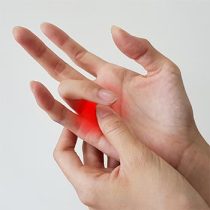
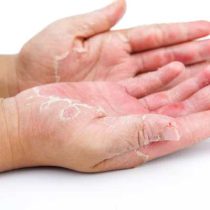
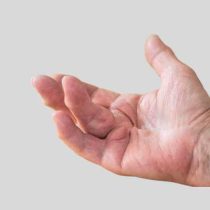
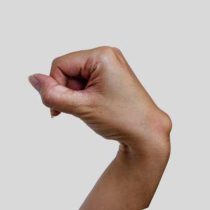
HAND CONDITIONS
Trigger finger, also known as stenosing tenosynovitis, is a condition that affects the fingers and thumb. It occurs when the tendons in your hand become inflamed and thickened, making it difficult for them to glide smoothly through the tendon sheath.
Ganglion cysts are soft, gel-like masses that frequently grow and shrink in size. They are the most common type of swelling in the hand, wrist, and foot, and are smooth and round. Complications can occur if the condition is not treated. Infection is the most common complication. If the cyst becomes infected with bacteria, it will develop into an abscess, which could rupture inside the body and cause blood poisoning.
The condition known as Dupuytren contracture causes one or more fingers to bend towards the palm of the hand. The affected fingers are unable to fully straighten. Tissue knots form beneath the skin. They eventually form a thick cord capable of pulling the fingers into a bent position.
The spectrum of hand infections can range from finger infections to deep space infections, caused by many microorganisms – depending on the mechanism of injury, inoculation or occupational exposure.
Common hand infections are:
- Paronychia
- Felon
- Flexor tenosynovitis
- Bite wounds from animals and humans with associated septic arthritis
Hand arthritis causes pain, swelling, stiffness, and deformity. You can’t use your hands as much as you used to as your arthritis progresses.
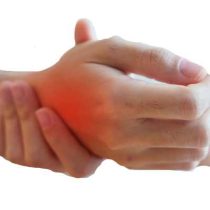
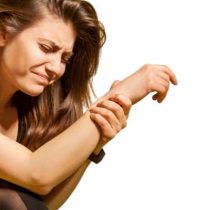
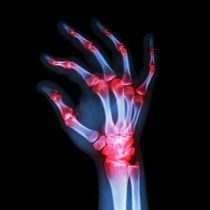
WRIST CONDITIONS
De Quervain tenosynovitis is a painful condition affecting the tendons on the thumb side of the wrist. If you have de Quervain tenosynovitis, you will probably feel pain when you turn your wrist, grasp anything or make a fist.
Wrist sprains are most commonly caused by a fall onto an outstretched hand. This can happen in everyday activities, but it is more common in sports and outdoor recreation.
Pain, stiffness, swelling, or numbness in the wrist and fingers are examples of such symptoms. Pitted nails, painful ulcers, and thickened skin that makes bending the fingers difficult are other possibilities. The most common type of arthritis is osteoarthritis (OA).
A ganglion cyst is a fluid-filled lump beneath the skin. It is frequently discovered over a joint or in a tendon in the hand or wrist. A ganglion cyst develops when a small tear occurs in the sleeve of thin tissue that covers a joint or tendon. The tissue swells to form a sac.
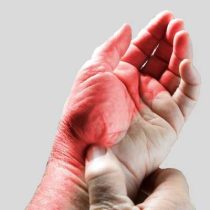
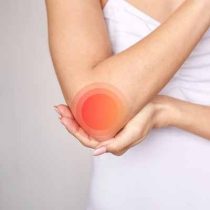
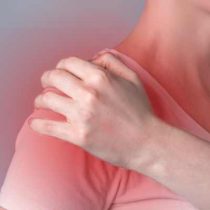
PERIPHERAL NERVES
Carpal tunnel syndrome (CTS) is a common neurological disorder that occurs when the median nerve, which runs from your forearm to the palm of your hand, is pressed or squeezed at the wrist. You may experience numbness, weakness, and pain in your hand and wrist, as well as swollen and weak fingers.
Cubital tunnel syndrome occurs when the ulnar nerve, which runs through the cubital tunnel (a muscle, ligament, and bone tunnel on the inside of the elbow), becomes inflamed, swollen, and irritated.
A brachial plexus injury occurs when these nerves are stretched, compressed, or ripped apart or torn away from the spinal cord in the most severe cases.
Neurofibromas are tumours that are a symptom of neurofibromatosis 1. Nerve tumours are abnormal masses that develop on or in peripheral nerves, which are the nerves that branch from the brain and spinal cord throughout the body.

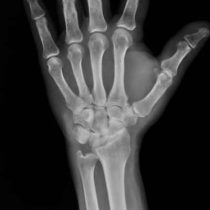
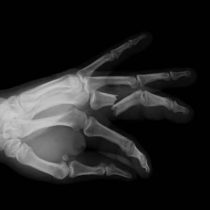
TRAUMA & EMERGENCY
A fingertip injury is defined as any injury to the nail bed, bone, or pulp of your finger or thumb. It may also involve the flexor and extensor tendons on occasion. Accidents at home, work, or play frequently result in fingertip injuries, which can include a sharp cut, crushing, or tearing injury.
Tendons are fibrous bands that connect muscle to bone. A tendon injury (tendinopathy) occurs when these fibres are irritated or damaged. The shoulder, elbow, wrist, hip, knee, and ankle are the most commonly affected areas.
A nerve injury can disrupt signals to and from the brain. This can cause muscles to stop working properly and lead to numbness. Nerve injuries can often be treated to improve outcomes. Nerves, on the other hand, are very complex structures that do not recover as well as ligaments, tendons, and bones.
A hand fracture is a break in one of the hand’s bones. This includes the following:
- Phalanges are the small bones in the fingers.
- Metacarpals are the long bones in the palm.
- A broken hand can result from a fall, crush injury, twisting injury, or direct contact in sports.
A fractured finger can be extremely painful. A normal hand’s bones are perfectly aligned. They enable you to perform a variety of specialised tasks, such as grasping a pen or manipulating small objects in your palm. When you fracture a finger bone, your entire hand can become out of alignment. Your broken finger may remain stiff and painful if not treated.
One of the most common types of bone fractures is a distal radius fracture. They occur near the wrist at the end of the radius bone. Distal radius fractures are classified into two types based on the angle of the break: Colles and Smith.
The most common cause of distal radius fractures is a fall. They can also happen as a result of a car accident or a sports injury.
Forearm fractures can occur at various levels, including near the wrist at the farthest (distal) end of the bone, in the middle of the forearm, and near the elbow at the top (proximal) end of the bone. They can be caused by a direct blow (such as a fall on the forearm or direct impact from an object) or an indirect injury. Normally, landing on an outstretched arm comes first.
Call us at +65 6904 2468 to make an appointment for your body examination or find out about our screening packages. Fill out the form below and we will get back to you soon.
